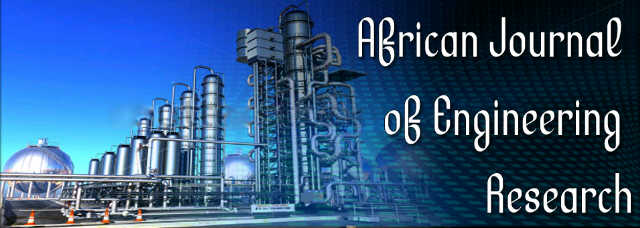Seabed sediment volume computations using single beam echo sounder with dual frequencies based on different interpolation methods
Taylan OcalanAfrican Journal of Engineering Research
Published: June 29 2018
Volume 6, Issue 2
Pages 32-38
DOI: https://doi.org/10.30918/AJER.62.18.007
Abstract
This study aims to examine and compare the interpolation methods under different grid sizes used for terrain modelling in order to compute the seabed sediment volume accurately. For this purpose, the single beam data was collected from an ELAC 4300 Hydrographic echo sounder dual frequency 200 and 30 kHz. A case study was conducted at Gulf of Gemlik, located in the south of Sea of Marmara. The depth in the survey area varies between 1 and 24 m. The total survey area covers 0.5 km2. Besides investigating the effects of the interpolation methods preferred on this study, the grid size effect is also considered under varying regular grid intervals as 0.5, 1.0, 2.0, 4.0 and 10 m. The selection of the appropriate model is done depending on the RMSEs values of the sea floor surface. At this stage, cross-validation procedure is implemented. To compute the sediment layer thickness and volumes, three volume calculations namely, Trapezoidal Rule, Simpson’s Rule and Simpson’s 3/8 Rule, are used. According to the results, it can be concluded that Radial Basis Interpolation method with varying 0.5 and 4.0 m grid sizes gives lower RMSE values. According to this, the Simpson’s Rule volume computation provides accurate sediment layer volume.
Keywords: Seabed, sediment layer, interpolation methods, bathymetrical data, single beam echo sounder (SBES), volume.
Full Text PDFThis article is published under the terms of the Creative Commons Attribution License 4.0

